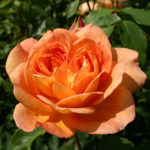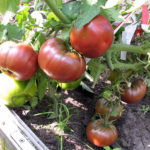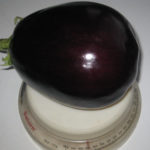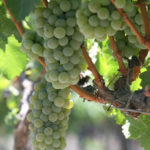Is it okay to eat ornamental cabbage?
Ornamental cabbage looks original not only in the front garden, but also in the garden. Most of us are pragmatists, so the question naturally arises, can it be used for food? Looking ahead, this question can be answered in the affirmative - yes. Moreover, decorative varieties of cabbage are not only allowed, but also necessary to be eaten! - just about this and will be discussed.
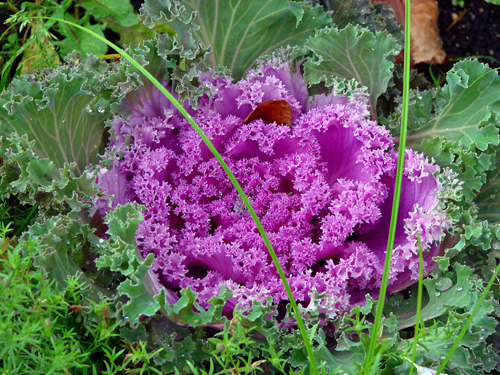
Species diversity
There are two types of ornamental cabbage: collard and head cabbage. Leafy varieties include varieties with feathery or fringed leaves. Cabbage, on the other hand, differs from the previous species in rounded leaves.
From a distance, ornamental cabbage resembles flowers, therefore it is often used in landscape design, and is also grown as a pot culture. With a thickened planting, plants quickly enter the flowering phase and throw out long peduncles.
The peak of decorativeness comes with the first frost - at this time, the color of the leaves acquires maximum saturation, especially if we take into account the dull surrounding landscape. However, the leaves of ornamental cabbage acquire a characteristic color even with a steady and prolonged decrease in night temperatures below +12 ° C. It is in cool weather that organic pigments - anthocyanins - are produced in the leaves of many plants. In addition, at the same time, edible indoles are synthesized in the leaves of many cabbage.
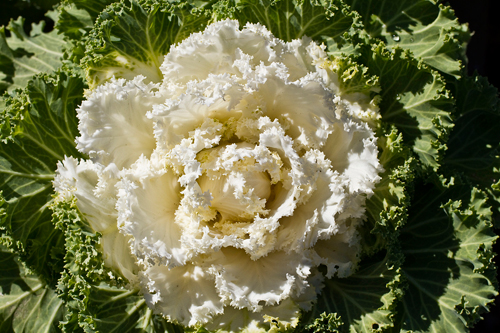
About the nutritional value of ornamental cabbage
Anthocyanins, indoles and vegetable fiber are three “whales” that determine the nutritional value of ornamental varieties of cabbage.
Anthocyanins have a pronounced bactericidal effect and suppress tumor processes, in particular in the female genital area. In addition, anthocyanins are powerful antioxidants.
Food indoles have gained enviable popularity lately. This group of organic compounds has the following properties:
- antimicrobial and antiparasitic;
- antiulcer, analgesic, anti-inflammatory, anti-allergic;
- immunostimulating and others.
In addition, dietary indoles improve the functioning of the endocrine system and have a positive effect on vision, as well as lower cholesterol levels.
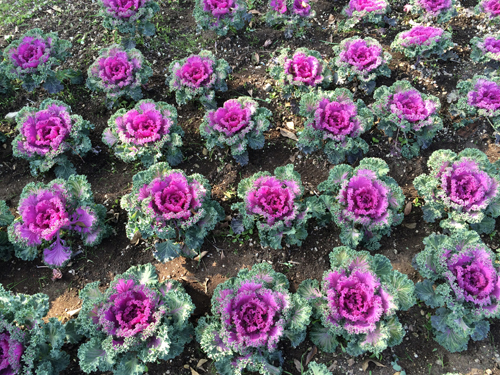
Dietary fiber stimulates the development of beneficial intestinal microflora, and also helps to cleanse toxins, endotoxins and enterotoxins.
How to use ornamental cabbage?
Tender young leaves of kale are used for making salads. The characteristic bitterness disappears after freezing followed by thawing - this process stimulates the production of carbohydrates.
Leaves and flower arrows can be canned, used as a side dish, or added to first courses - it all depends on the culinary preferences of the hostess. In any case, eating ornamental cabbage will not harm your health, on the contrary, it will provide invaluable benefits to the body!
